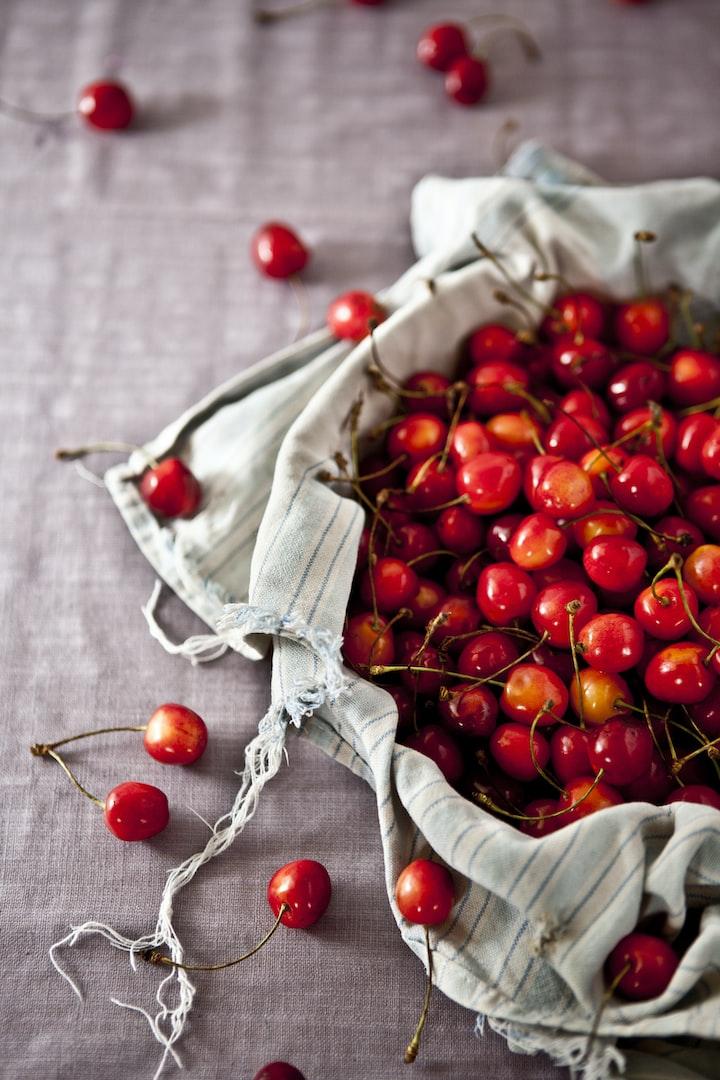Candy

The first candy-like food was probably created by the ancient Egyptians. They made a type of candy called “halva” from honey and nuts. The first chocolate candy was created in Spain in the 1500s. In 1847, the first American candy company was founded by Joseph Fry. He made chocolate-coated peanuts called “Fry’s Chocolate Creams.”
Today, there are many different types of candy available on the market. Some popular types include chocolate bars, gumdrops, lollipops, marshmallows, and caramels.
Sugary drinks

A can of soda contains about 150 calories and 39 grams of sugar, all of which are from added sugars. That’s the equivalent of 10 teaspoons of sugar. And if you’re drinking a 20-ounce bottle, you’re consuming even more sugar and calories.
Most people consume too many empty calories from solid fats and added sugars, which can lead to weight gain and other health problems. You should limit your intake of sugary drinks to no more than 36 ounces (450 milliliters) per week. This is about 9 cups (2 liters) per week for a 2,000-calorie diet.
Sugary drinks include soft drinks, fruit punches, lemonade and other flavored waters, sports drinks, energy drinks and sweetened teas or coffees. Other names for added sugars include sucrose, glucose syrup or high fructose corn syrup – all these names mean the same thing: empty calories with no nutritional value that can lead to weight gain if consumed in excess.. There are natural sugars in fruits and dairy products but these come packaged with fiber which slows down their absorption into the bloodstream so they don’t cause spikes in blood sugar levels like added sugars do.
Fruit juice concentrate

There are many different types of fruit juice concentrates available on the market, including apple, grape, cherry, and raspberry. Each type of concentrate has its own unique flavor profile and sweetness level. In general, the sweeter the concentrate, the less water it contains. For this reason, many people prefer to use fruit juice concentrates that have been diluted with water or other liquids before consuming them.
Fruit juice concentrates can be found in a variety of settings including grocery stores, health food stores, online retailers, and even some gas stations. They typically come in either liquid or powder form and can be stored at room temperature for extended periods of time without spoiling. When shopping for fruit juice concentrates, it is important to check the ingredient list to make sure that no artificial sweeteners or flavors have been added.
While fruit juice concentrates are safe for most people to consume in moderation, there are some potential side effects associated with their overuse. These side effects can include weight gain, tooth decay, and gastrointestinal distress. Therefore, it is important to consume them in moderation and consult with a healthcare provider if any adverse reactions occur.
Products with added sugar, such as baked goods or some cereals
Products with added sugar, such as baked goods or some cereals, can be a source of simple carbohydrates. Other examples include fruit juices, honey, and molasses. When these products are consumed in excess, they can contribute to weight gain and other health problems.
“Simple carbohydrates are essential for a healthy diet.” – Unknown
